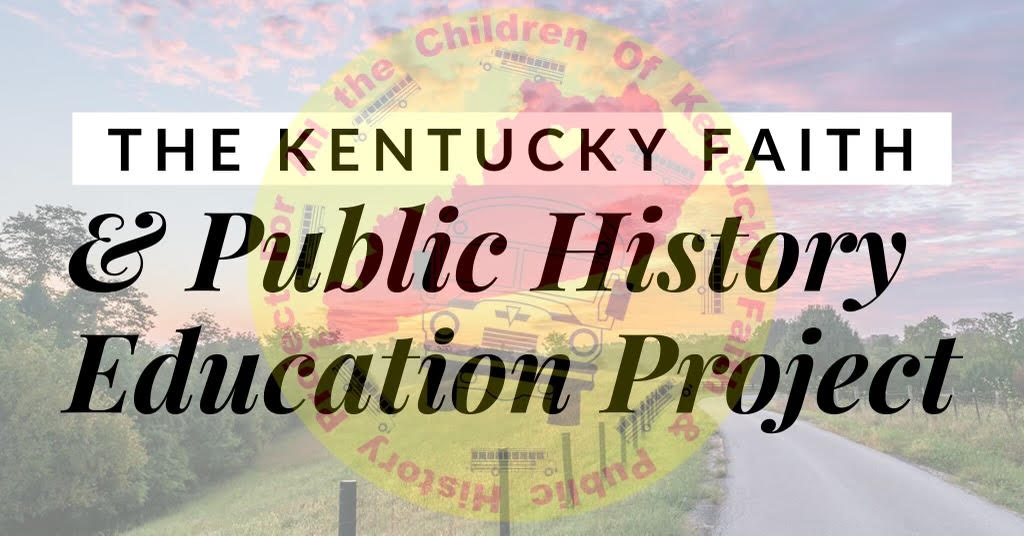Everyone thinks of Christmas as a Christian holiday. The story of the birth of Jesus Christ is recorded in the New Testament. It is the account that starts the documentation of His life. He, of course, is the central figure of Christianity. Unlike the biblical feasts of Israel, however, there is no biblical mandate for the birth of Jesus to be celebrated. Many of the traditions we now incorporate in our celebrations did not start until much later in history. Most of them are not even rooted in Christianity. Here are ten popular American Christmas traditions, how they came to be celebrated and whether they correlate to anything related to the Christian faith. ONE: The Christmas Tree The first identification of the Christmas tree as an American Christmas tradition was in 1832 when Harriet Martineau popularized it in New England [1] . It took until the 1850’s, after several waves of German immigration, for the Christmas tree to become a widespread tradition. The idea of the tree, it
